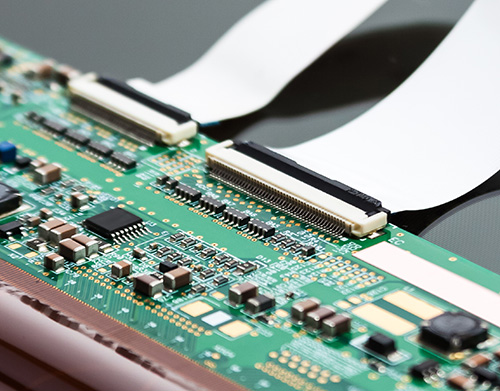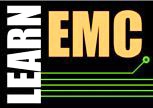EMC Question of the Week: April 27, 2020

When high-speed pseudo-differential signals are transmitted between circuit boards on an unshielded ribbon cable, a key concern is the
- differential-mode radiation from the cable
- common-mode voltage driving the cable
- radiation from bends in the cable
- radiation from board-edge connectors
Answer
The best answer is "b". Pseudo-differential signal drivers produce significant common-mode voltages at each bit transition. This common-mode voltage is not a significant problem on the circuit board where common-mode currents can return on the ground plane beneath the differential trace pair. However, unshielded ribbon cables return common-mode current on wires instead of a plane. The change in electrical balance experienced by the common-mode component of the signal causes the entire ribbon cable to be driven relative to the board with a common-mode voltage that is one-third to one times the common-mode voltage produced by the driver. In an unshielded environment, this almost always results in unacceptable radiated emissions.
Differential currents do not radiate efficiently, so the loop area of the circuit in the ribbon cable does not result directly in significant radiated emissions. Likewise, radiation from bends in the cable and electrically short board-edge connectors is insignificant.
Have a comment or question regarding this solution? We'd like to hear from you. Email us at
